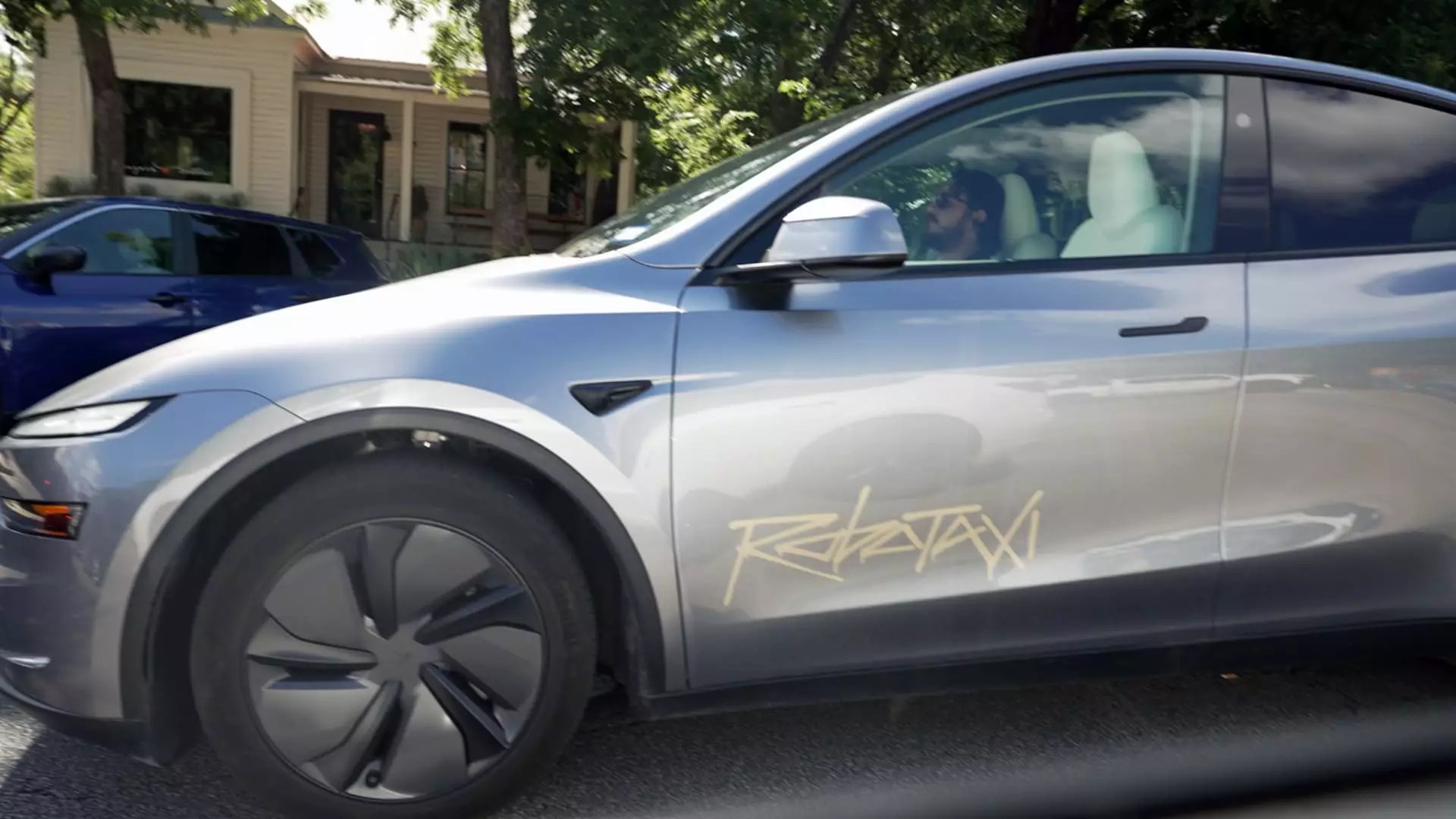Tesla’s push into autonomous vehicle testing and deployment signifies an aggressive attempt to revolutionize urban transportation. Elon Musk’s company envisions a future where robotaxis dominate the streets, reducing human error and transforming mobility as we know it. On paper, this plan epitomizes innovation—a market-changing disruption that could bring tremendous convenience and economic benefits. However, beneath this veneer of technological progress lies a series of critical vulnerabilities. Tesla’s reliance on less expensive sensor technology, such as cameras instead of lidar, reflects a desire for cost-efficiency but raises serious questions about the safety and reliability of their system. Musk’s ambition appears to prioritize speed and market dominance over meticulous validation, risking public safety and regulatory trust.
The expansion into Phoenix follows Tesla’s earlier ventures in Austin, Texas, and promises to replicate a model that depends heavily on remote supervision and human safety operators. Whether this hybrid approach can scale efficiently enough to sustain a fully autonomous fleet remains uncertain. While Tesla asserts its vehicles are nearly ready to operate without human intervention, the reality documented on social media—and echoed by regulators—suggests a different story. Incidents like minor collisions and rule violations point to a technology still in its infancy, with not enough maturity to handle unpredictable real-world complexities.
Contrasting Strategies: Tesla vs. Waymo and the Reality of Autonomous Driving
Tesla’s contrasting strategy with Waymo underscores a critical debate within the autonomous vehicle industry. While Tesla bets on a sensor-light approach centered on cameras and artificial intelligence, Waymo leverages a comprehensive sensor suite, including lidar, to ensure higher degrees of safety and situational awareness. This divergence highlights a philosophical divide: Should self-driving cars prioritize affordability and scalability, risking safety margins? Or should they invest heavily in sensor technology to prioritize safety above all else? The answer is far from clear-cut, and Tesla’s choices reveal a willingness to accept higher risks in pursuit of market leadership.
Waymo’s more cautious, sensor-rich approach has allowed it to develop a more reliable autonomous system, leading to a significant operational fleet in Phoenix, already serving hundreds of customers without the controversy clouding Tesla’s efforts. Tesla’s strategy—aiming to disrupt through rapid deployment and lower costs—may ultimately produce regression rather than progress if safety issues are not addressed with the gravity they deserve.
The Political and Regulatory Climate: An Uncertain Path Forward
Tesla’s aggressive expansion faces formidable regulatory hurdles. The federal government, specifically the National Highway Traffic Safety Administration, has already scrutinized Tesla for overpromising on its self-driving capabilities. Incidents recorded in Austin and the ongoing litigation in California exemplify how regulatory bodies are skeptical of Tesla’s marketing claims and readiness. Musk’s recent statements about plans to expand Robotaxi services in the San Francisco Bay Area seem more aspirational than grounded in proven safety and reliability.
The regulatory landscape acts as both a bottleneck and a potential safeguard—delaying deployments to ensure public safety, but also challenging Tesla’s aggressive timelines. The company’s approach appears to underestimate the importance of earning governmental and public trust. Their push hinges on the perception of innovation over concrete safety records, risking backlash if accidents or mishaps occur at scale.
While Tesla’s vision of a widespread robotaxi network is undeniably ambitious, it’s also profoundly perilous. The company’s focus on cost-cutting and rapid deployment could undermine safety standards and public confidence, especially when incidents are already surfacing. As a center-right supporter of innovation, I recognize the importance of pushing technological boundaries. However, this must be balanced with prudence, regulatory accountability, and a fundamental commitment to safety.
Tesla’s gamble to leap ahead of competitors like Waymo—who are more cautious and methodical—may pay off in market dominance or backfire spectacularly if safety issues dominate the discourse. The potential of robotaxis transforming urban mobility is undeniable, but the path taken must be one paved with verified reliability, transparent testing, and genuine safety assurances—not just driven by Musk’s relentless entrepreneurial zeal.

